Have you noticed all the chatter lately about whether it’s worth it to measure body fat percentage? A lot of coaches have stopped doing these tests for their clients. Many consumers complain that body fat scales (bioelectric impedance analysis) seem unreliable. They say skinfold calipers are hard to use. They wonder about accuracy. Should you ditch your body fat scale or calipers? That’s up to you. I think they’re valuable tools. But if you do decide to track progress without body fat testing, how do you do it? Check out this post and find out…
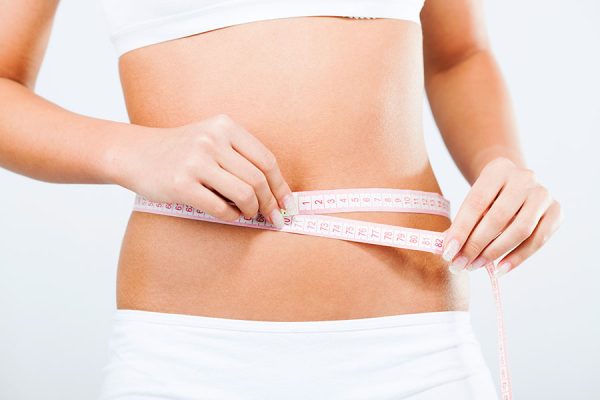
The Problem With Body Fat Testing: Why Body Fat Testing Methods Can Be Unreliable
In one of the last studies I read, which was about determining the right calorie surplus for muscle gain, I noticed something interesting. The researchers did take skinfolds with a caliper…
However, they only measured and reported the change in skinfold thickness. They didn’t bother to plug the numbers into the equations to estimate body fat as a percentage.
This is one of many examples I’ve seen of fitness professionals de-emphasizing the body fat percentage number.
But why are there so many questions about the utility of body fat testing lately? The main reason is that we have to admit, these tests are far from perfect. There’s lots of margin for error. That may include:
- Operator error
- Equipment error
- Prediction equation error
Even some of the high-tech methods like DEXA can have issues.
I’ve always liked using body composition tests. I still do. I’m not here to dismiss them. I find the data valuable. An experienced caliper user can get consistent skinfold readings.
I even saw a study out of Grant Tinsley’s lab at Texas Tech recently suggesting that some of the newer body fat scales today can be fairly accurate, including cheap consumer models.
But we do have to acknowledge something: There are potential downsides to all body fat testing methods.
How To Track Fat Loss Progress Without Body Fat Tests
In our Burn the Fat body transformation challenges, we still use body fat tests, but we also take the results with a grain of salt. We keep requiring that participants measure body fat because we want them to have their minds focused on body composition (fat vs muscle) and not just scale weight alone.
If you’re one of the people who wants to let go of body fat tracking, or if you simply don’t have access to a measurement tool that you trust is accurate and consistent, there are alternatives to body fat testing.
Remember that fat loss tracking methods are not exclusively about measuring your body fat percentage. That’s only one way to chart progress.
And we all know that just like body weight, body fat numbers can mess with your head if you get wonky results from false positives, false negatives or testing with different methods.
It’s vitally important to track your progress in your body transformation journey. It’s a maxim in sports, business, and almost every other endeavor in life that if you don’t measure it, you can’t manage it.
In addition, it’s well known that tracking your results can improve your results without any other changes.
But what if you don’t have access to accurate body fat testing? What then? The good news is, there are other ways to measure your progress. If you want to know how to track fat loss progress without testing body fat, here are four of the best ways:
4 Ways To Track Your Fat Loss Progress Without A Body Fat Test
1. Body weight.
One of the most important lessons I teach my readers, clients and members is this: Weight loss and fat loss are not the same thing. You can lose weight and it may not all be fat. You may have lost water weight. Worse, you may have lost lean body mass. This is one of the reasons that body composition (body fat) testing is valuable.
However, there is always going to be a strong correlation between weight loss and fat loss. If you’re losing weight consistently week after week, your body fat is going down too. As long as you use the other three progress tracking methods below, then in combination with body weight, you can be more assured that your weight loss is mostly fat and not lean.
It’s true that body weight can fluctuate a lot, over a period of days, or even within a single day. The constantly zig-zagging scale numbers can be frustrating for many people. However, if you focus your attention on the trend over time and combine that with the other methods below, the scale will give you accurate and valuable feedback.
One way you can deal with the inevitable daily fluctuations is to weigh yourself daily and keep track of the weekly moving average.
2. Waist measurement.
Waist circumference is another great way to track fat loss progress. It doesn’t tell you what your body fat percentage is, but it’s a great proxy for body fat. If your waist is going down, then your body fat is almost always going down.
The important thing is to be consistent with your technique. Be certain to measure in the same spot, keep the tape level, and apply the same amount of tape pressure. Also measure under the same conditions, for example, first thing in the morning after emptying your bladder and before eating.
If you don’t measure your waist, then at least be sure keep track of how your pants are fitting. (And don’t get into the habit of always wearing pants with elastic waistbands).
3. Workout performance (especially strength).
You may have already known that your waist size is a good indicator of what’s happening with your body fat. But did you also know that your strength is a good indicator of changes in your lean body mass?
It’s not a direct measurement, but there’s a good correlation:
- Strength going down: lean body mass might be going down (especially if you’re losing weight).
- Strength going up: Lean mass probably going up, especially if you’re gaining weight and don’t look fatter.
Note: this may be specific to the muscles you’re training: Is your squat is tanking? You might be losing leg lean mass. Is your shoulder press strength is going up? You’re probably gaining shoulder muscle.
Also, when we talk about getting stronger, that doesn’t have to mean 1 rep maxes. I’m referring to your strength level in your normal rep ranges like 6 to 12 or so.
Another huge reason to track training performance is for motivation. If your strength is increasing and or you’re doing more reps than before, it keeps you motivated in the times when the scale and body fat tests aren’t showing progress yet. If your strength keeps going up, it’s going to show in your physique soon enough.
4. Visual assessment.
If your goal is body transformation or bodybuilding, a look in the mirror or at a photograph could be worth as much as any gold standard body fat test. When it comes to competitive physique sports, the judges don’t weigh you or test your body fat. The way competitions are scored is 100% visual.
If you like what you see in the mirror, and even more important, if you like the improvement you see in the mirror over time, does it matter what the scale says or what any body fat test says? That includes progress pictures too. If you see visual signs of fat loss, that’s one of the best indicators of progress, isn’t it?
The only downside of visual assessments is that it often takes a while for you to notice a difference. You usually can’t see visual improvement from day to day, though daily change may be visible occasionally. Even after a week, many people don’t really notice the changes yet, even if the scale moved in the right direction.
Tracking visual improvements in the short term sometimes feels like watching the grass grow. But certainly, after two or more weeks, the improvements should be showing. If three or four weeks go by and you’re not seeing any change, that’s telling you something.
Concluding advice about how to track weight loss progress
If you can get accurate and consistent body fat measurements, I encourage you to do so. It’s only one progress tracking tool, but it’s a valuable one. If you think you can’t get reliable body fat test results, then simply fall back on these other four progress tracking tools. Best case scenario: use all four of these AND measure body fat.
A good thing to remember is that sometimes your weight or body fat numbers can mess with your head. You may show no apparent progress and that’s a downer on your mood and motivation. But if you’re tracking all five of these data points, you might see evidence revealing that one of your tests was wrong.
For example, your goal is weight loss but the scale didn’t budge in two weeks. Yet your body fat test shows a decrease in skinfolds and body fat percentage, your waist is down, and you’re getting stronger.In this case, there’s a good chance you gained muscle and lost fat at the same time (body recomposition). That’s the holy grail of fitness goals, and yet if you were narrowly focused only on your weight, you might have been discouraged (or worse – quit).
Or, if the body fat test shows that your fat level increased, yet your scale weight is down, waist is down, and you look noticeably leaner in the mirror, what does that tell you? Obviously, it means that the wonky body fat test result was incorrect. Probably a mismeasurement.
So whatever you do, be cautious about tracking progress only one way. And when you use more than one way, remember that you can use these multiple data points to confirm or refute the results you’re seeing with one of the other methods.
Train hard and expect success!
-Tom Venuto
Author of, Burn the Fat Guide To Flexible Meal Planning For Fat Loss
www.BurnTheFat.com
Related Posts:
The New Way To Set Your Macros
Ultimate Guide To Skinfold Calipers And Body Fat Testing
Meal Planning For Fat Loss



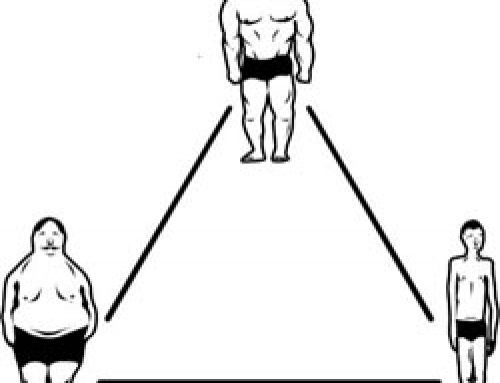
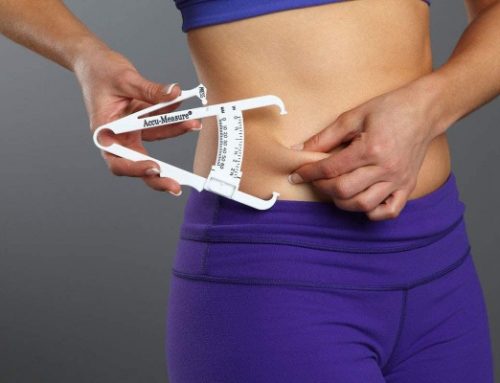
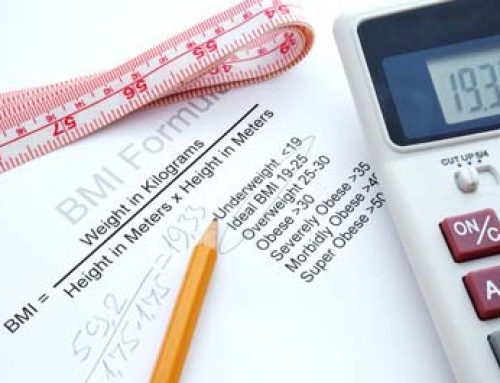
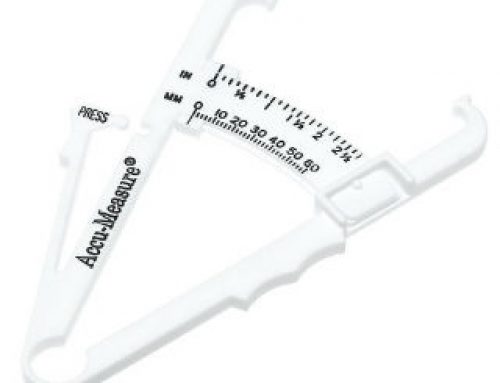
Been following you for years. You always provide sound advice and insight. The above blog post is exactly what I needed to hear this morning. Seeing good visual progress but the scale has its own mind every morning yet my pants are fitting much better.
THANK YOU!!
I know what you mean about the scale! Sometimes the mirror says it all